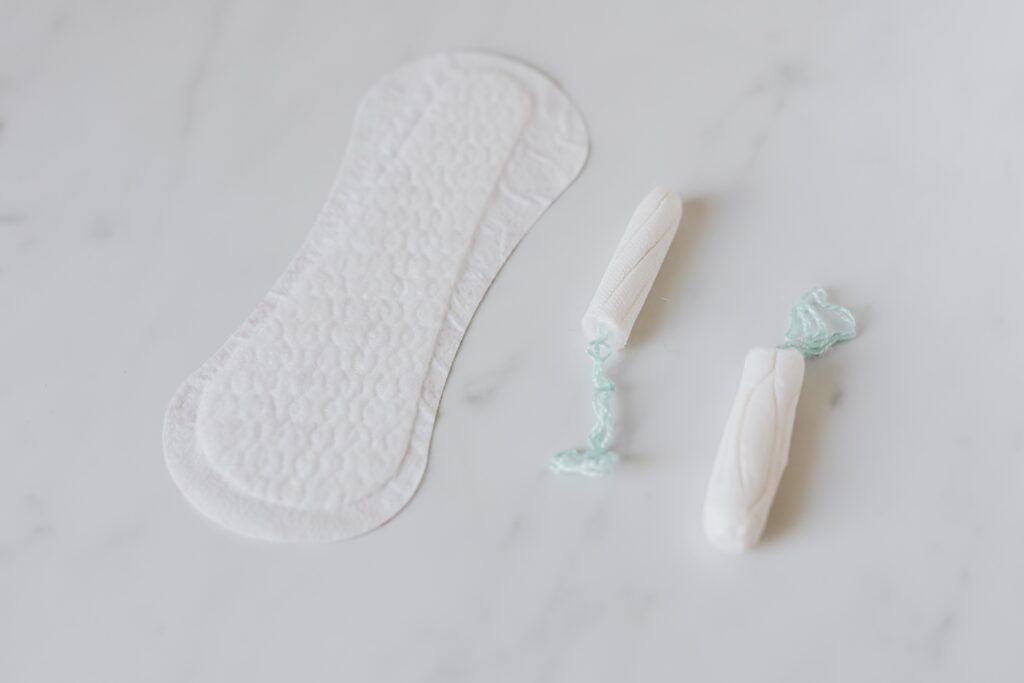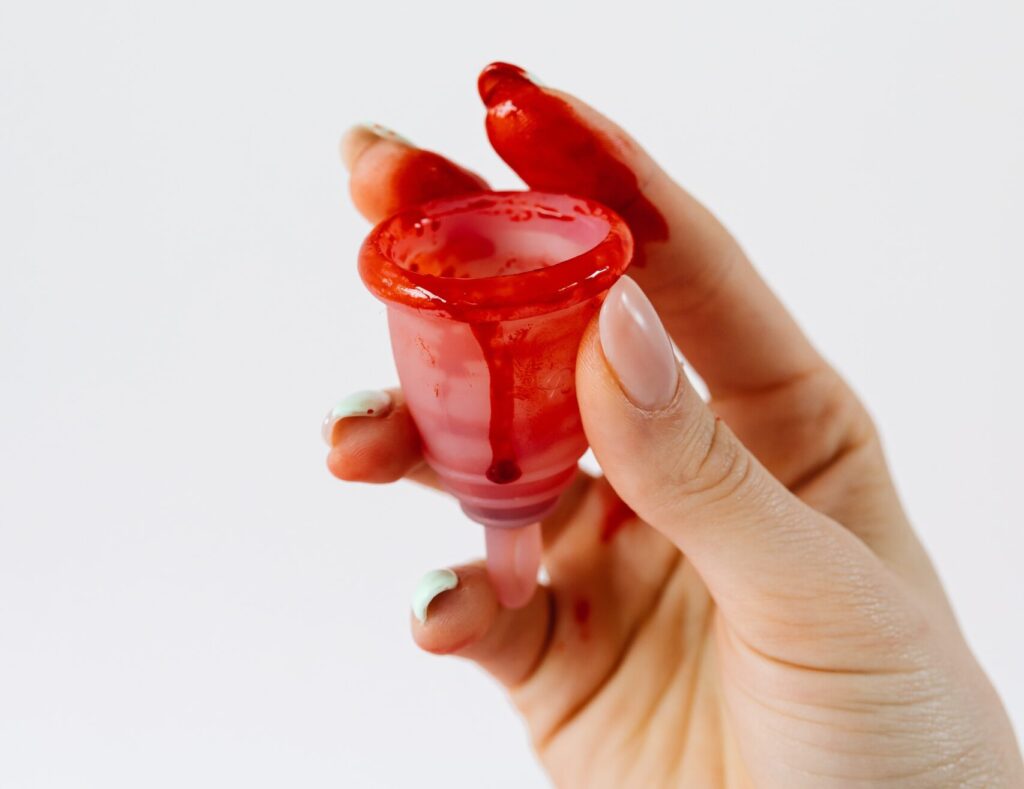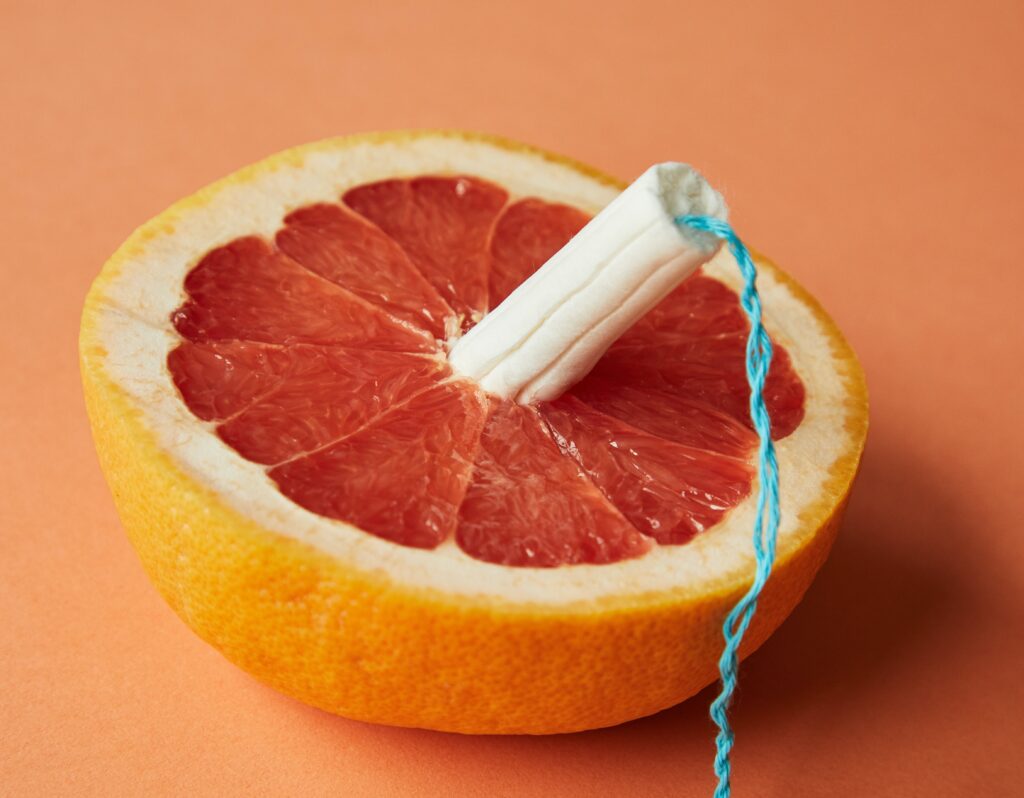Menstruation, a natural biological process that half of the world’s population experiences, has been a topic shrouded in stigma and secrecy for centuries. Thankfully, the conversation around menstruation has evolved, and women now have a range of options for managing their periods. Menstrual cups, pads, and tampons are some of the most common choices, each with its own set of advantages and disadvantages. One crucial aspect that many women consider when choosing their menstrual products is safety.
In this Post, we’ll delve into the safety aspects of menstrual cups, pads, and tampons to help you make an informed decision about which one is right for you.
Understanding the Basics
Before we explore the safety aspects, it’s essential to understand what each of these menstrual products is:
1. Menstrual Cups
Menstrual cups are flexible, bell-shaped devices made from medical-grade silicone, latex, or elastomer. They are inserted into the vagina to collect menstrual blood. Unlike tampons and pads, which absorb blood, menstrual cups create a seal against the vaginal walls, preventing leaks. They can be reused for several years with proper care.
2. Pads
Menstrual pads, also known as sanitary napkins, are absorbent materials worn externally. They come in various sizes, shapes, and thicknesses. Pads are disposed of after each use and are made from a combination of materials like cotton, foam, and superabsorbent polymers.
3. Tampons
Tampons are cylindrical devices made of absorbent material, usually cotton, rayon, or a blend of both. They are inserted into the vaginal canal to absorb menstrual blood. Tampons come with applicators or can be inserted using a finger. They are also disposable.
Now that we understand what these products are let’s dive into their safety aspects.

Menstrual Cups: Safe and Eco-Friendly
Menstrual cups have gained popularity in recent years for several reasons, including their safety profile:
1. Chemical-Free
One of the most significant advantages of menstrual cups is that they are typically made from medical-grade silicone or latex, both of which are considered safe materials for contact with the body. Unlike tampons, which may contain chemicals like dioxins and fragrances, menstrual cups are free from such additives.
2. Lower Risk of Toxic Shock Syndrome (TSS)
Toxic Shock Syndrome (TSS) is a rare but severe condition associated with tampon use, primarily those made with synthetic materials. Menstrual cups have a lower risk of TSS because they do not promote bacterial growth to the same extent as tampons. However, it’s essential to follow proper hygiene and cleaning instructions to minimize any risk further.
3. Environmentally Friendly
In addition to their safety benefits, menstrual cups are environmentally friendly. Since they are reusable for several years, they generate significantly less waste compared to disposable pads and tampons. This makes them an excellent choice for eco-conscious individuals.
4. Cost-Effective
Although the initial cost of a menstrual cup may be higher than a pack of disposable pads or tampons, its long lifespan makes it a cost-effective choice in the long run. Over time, you’ll save money by not having to purchase menstrual products repeatedly.
5. Comfort and Leak Protection
Many users find menstrual cups to be comfortable and highly effective in preventing leaks when properly inserted and sealed. The absence of bulky pads or the discomfort of a tampon can make menstrual cups a preferred choice for some.
However, it’s important to note that the learning curve for using menstrual cups can be steep, and some individuals may find insertion and removal challenging at first.

Pads: Comfortable and Easy to Use
Pads are a traditional and widely used menstrual product with their own set of safety and convenience factors:
1. Ease of Use
One of the primary advantages of pads is their simplicity. There is no learning curve involved in using them; you just place the pad in your underwear, and you’re good to go. This makes pads an excellent choice for individuals new to menstruation or those who prefer a fuss-free option.
2. Lower Risk of TSS
Pads have a lower risk of Toxic Shock Syndrome (TSS) compared to tampons because they are not inserted into the vaginal canal. As such, they do not promote the same bacterial growth that can lead to TSS.
3. Minimal Contact
Pads have minimal contact with the body compared to tampons and menstrual cups. This may be preferable for individuals with sensitive vaginal tissues or those who are concerned about foreign materials inside their bodies.
4. Various Options
Pads come in a wide range of sizes, shapes, and thicknesses to suit different flow levels and preferences. You can choose from disposable or reusable cloth pads, allowing you to find the option that works best for you.
There are some drawbacks to using pads, including the potential for leaks, especially on heavy flow days. They can also be less discreet than tampons or menstrual cups, and some individuals may find them uncomfortable due to the sensation of wearing a pad.
Tampons: Convenient but Not Without Risks
Tampons offer convenience and discreteness, but they also come with some safety concerns:

1. Convenience
Tampons are known for their convenience. They are compact, easy to carry, and can be discreetly disposed of after use. Tampons with applicators can be particularly user-friendly for those new to menstruation.
2. Discreetness
Tampons are virtually invisible when worn, making them an attractive choice for individuals who prioritize discretion during their periods.
3. Risk of TSS
One of the most significant safety concerns associated with tampons is the risk of Toxic Shock Syndrome (TSS). TSS is a rare but potentially life-threatening condition that has been linked to tampon use, particularly those made from synthetic materials. To reduce the risk, it’s essential to use tampons with the lowest absorbency necessary and change them regularly, typically every 4-8 hours.
4. Environmental Impact
Tampons, especially those with plastic applicators, can contribute to environmental waste. They are typically disposable and need to be discarded after each use, adding to landfills.
5. Potential Discomfort
Some individuals may find tampons uncomfortable, especially during insertion and removal. Additionally, the drying effect of tampons can cause vaginal discomfort for some users.
Making the Right Choice for You
When it comes to choosing between menstrual cups, pads, and tampons, there is no one-size-fits-all answer. Your choice should depend on your individual preferences, lifestyle, and comfort level. Here are some factors to consider:
1. Flow
Consider the heaviness of your menstrual flow. Menstrual cups and tampons are typically more suitable for heavy flow days, while pads can be a comfortable option for light flow.
2. Comfort
Think about what makes you feel most comfortable during your period. Some people prefer the freedom and discreetness of tampons, while others find pads or menstrual cups more comfortable.
3. Environmental Concerns
If you are environmentally conscious, you may lean towards menstrual cups or reusable cloth pads due to their minimal impact on the environment.
4. Safety Considerations
If you have concerns about safety, menstrual cups are generally considered the safest option in terms of chemical exposure and the risk of TSS.
5. Lifestyle and Routine
Consider your daily routine and lifestyle. If you have a physically active lifestyle, a menstrual cup may offer more freedom during activities like swimming or sports. On the other hand, pads can be convenient for those with busy schedules or limited access to restroom facilities.
The important thing is to make an informed choice that aligns with your needs and values. Whatever you choose, it’s essential to prioritize proper hygiene and follow the manufacturer’s instructions for safe use. Menstruation is a natural part of life, and with the right menstrual product, you can navigate it comfortably and safely.
CHECK OUT;How to Get Started on a Dopamine Detox; You Need It !!!















